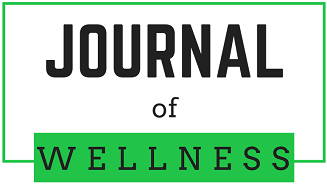
Abstract
Introduction: Emergency medicine residents suffer from high rates of occupational burnout. Recent research has focused on identifying risk and protective factors for burnout as well as targets for intervention. This research has primarily employed the Maslach Burnout Inventory to evaluate burnout in this population. Factor analytic work has identified three underlying factors measured by the Maslach Burnout Inventory: Emotional Exhaustion, Depersonalization, and Personal Accomplishment. However, this three-factor structure has not been evaluated in emergency medicine residents. Furthermore, its structural equivalence has not been demonstrated across commonly-studied risk factors, such as gender and year of post-graduate training. In the present study, we evaluated the structure of the Maslach Burnout Inventory in emergency medicine residents as well as its measurement invariance across gender and post-graduate year.
Methods: 1522 emergency medicine residents (21.1% of all US residents from 78.1% of US residency programs) were recruited as part of the 2017 National EM Resident Wellness Survey and completed the Maslach Burnout Inventory – Human Services Survey. The factor structure and measurement invariance across both respondent gender and post-graduate year were evaluated using a series of confirmatory factor analyses. Exploratory analyses evaluated whether burnout scores differed across men/women and post-graduate years 1, 2, and 3+ using a structural equation model.
Results: The three-factor structure was observed after minor modifications which replicated in cross-validation. This structure was invariant across both gender and post-graduate year at the configural, metric, and scalar levels. Emotional exhaustion scores were higher for female residents and scores on all of the MBI scales indicated greater burnout for more advanced residents.
Conclusions: These results indicate the Maslach Burnout Inventory is fully structurally equivalent across gender and post-graduate year and further validates its use in this population. Secondary evaluations of the latent means revealed that female residents tend to have higher scores on Emotional Exhaustion and that scores on all factors tend to worsen as trainees progress through their residency.
DOI
10.18297/jwellness/vol2/iss2/2
Recommended Citation
Moran, Tim P.; Battaglioli, Nicole; and Li-Sauerwine, Simiao
(2020)
"Factor Structure and Measurement Invariance of the Maslach Burnout Inventory in Emergency Medicine Residents,"
Journal of Wellness: Vol. 2
:
Iss.
2
, Article 2.
DOI: https://doi.org/10.18297/jwellness/vol2/iss2/2
Available at:
https://ir.library.louisville.edu/jwellness/vol2/iss2/2
